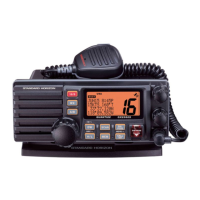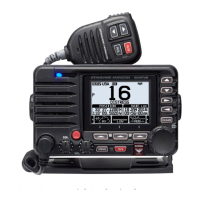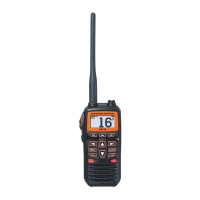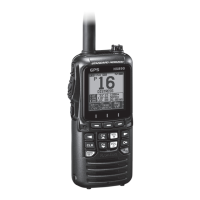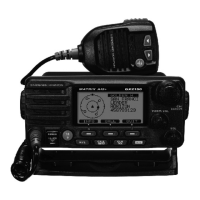Page 1GX2360S
QUANTUM GX2360S
25 Watt VHF/FM
Marine Transceiver
Owner's Manual
Oversized alphanumeric LCD, knobs and keys
Large 2.8 inch internal loudspeaker producing louder audio
30 W Loud Hailer with listen back and 4 fog horns, Bells & Whistles
Removable ClearVoice speaker microphone with 16/9 key and channel
selection
Display shows channel names, and repeats GPS information
8
Capable of connecting 2 optional enhanced RAM+ second station re-
mote microphones
DSC distress call automatically broadcasts lat/long and vessel ID
8
DSC position request function and NMEA data input/output to connect to
GPS Plotter
8
Versatile user-programmable Scanning, Priority Scan and Dual Watch
NOAA Weather channels and Alert
One-button access to Channel 16 and 9
One-button access to user selectable preset channels
Access to all US, Canadian and International channels
8 with GPS attached
